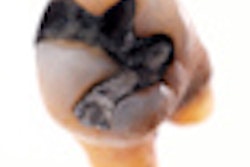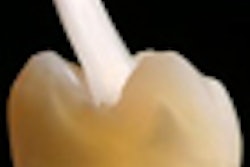Large composite restorations have a higher survival rate than amalgam restorations in some patient groups, although amalgam has better survival for three-surface restorations in high-risk patients, according to a 12-year study published in the Journal of Dental Research (October 2010, Vol. 89:10, pp. 1063-1067).
Using patient files from a Dutch practice, researchers from Radboud University Nijmegen Medical Centre examined the risk for caries relative to the lifespan of 1,949 large class II three-surface and four-/five-surface amalgam and composite restorations.
Patients were divided into two categories. Those who first came in with caries but did not frequently develop them again were classified as low risk, while those who had reoccurring caries lesions at a rate of one or more new lesions per year were classified as high risk. A restoration was considered to have failed when it was replaced or repaired, or when the tooth had to be extracted. Teeth that had been restored and had a crown placed were not included.
After a five-year period, the researchers found that both types of restorations had similar rates of success. But disparities arose at the 12-year mark. At the end of the program, 293 of 1,202 amalgam and 114 of 747 composite restorations had failed. Composite restorations showed a more consistent failure rate over time, while the failure rate for amalgam increased.
"Large composite restorations showed a higher survival in the combined population and in the low-risk group," the research group concluded.
The three-surface amalgam restoration subgroup performed better for the high-risk patients, they added. This was not so for four- and five-surface restorations, in which performance was similar. In low-risk patients, the composite restorations fared better after 12 years for all surface types.
Copyright © 2010 DrBicuspid.com



















